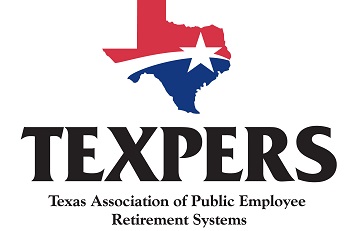Now comes another study from a private sector actuarial firm, ostensibly one without a political agenda. The study, from Milliman, is worth a look.
First, you should know that Milliman is very different from Pew, a think tank. Milliman is among the world’s largest providers of actuarial and related products and services. They offer consulting services for employee benefits, healthcare, investment, life insurance and financial services. The firm does not get into political debates about the types of pension plans that public employers should use, and therefore provide another view of pensions.
In Milliman’s recently released “2012 Public Pension Funding Study,” the company measured the aggregate funded status of the 100 largest U.S. Public Pension plans using basic actuarial principles and reported plan liabilities and assets. Milliman used a uniform approach to accrued liabilities with respect to interest rate assumptions, an approach that Milliman believes unique among studies.
What it found was that the plans, in aggregate, have a funded ratio of 67.8% and typically have very conservative interest rate assumptions:
On the whole, we conclude that there are only a small number of plans whose interest rate assumptions are causing a sizeable underreporting of liability relative to what would be calculated based on current forecasts of future investment returns.What does this mean?
Simply that some plans have overly optimistic assessments of what they can earn through investments. This is a significant problem because investment returns achieve as much as 60% of a retiree’s eventual monthly income. Overly optimistic assumptions mean that future benefits will need to be made up by employer’s, e.g. taxpayers’, contributions. From an actuarial standpoint, it’s better to have more conservative, less optimistic assumptions baked in. And, the good news according to the study is that:
…in fact, there are a surprising number of plans whose interest rate assumptions and accrued liability reporting are conservative in light of current forecasts.That means most plans are continuing to make adjustments that will narrow the new market norms with future expectations for benefits that will need to be funded.
Milliman poses that we can get a clearer picture of future liabilities by using a single inflation rate across all the systems. They used a 2.75% inflation rate figure and determined that, using that rate, the actuarially determined interest rate for the aggregate assets of all the plans in their study is 7.32%. This is nearly a full 3/4s percentage point below the 8% return used by Pew. Using that rate, the systems in the Milliman study would have a 65.9% funded ratio.
This ratio continues to be well within shooting distance of the 80% funded ratio to which most plans aspire. And we should note that funded ratios are only one indicator of system health. As long as the trend of funded ratios continues to be positive over time, this ratio should be considered to be healthy. The problem occurs when funded status takes a hit, say due to downward market fluctuations, and continues downward. As long as the trend reverses to an upward or stabilized course, systems with this level of ratio are in good shape. – Max Patterson
